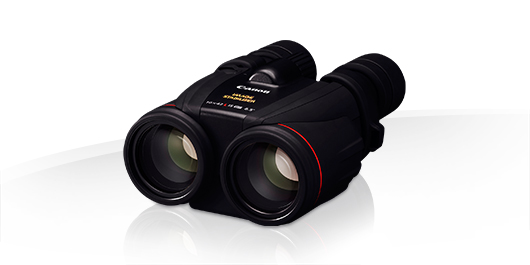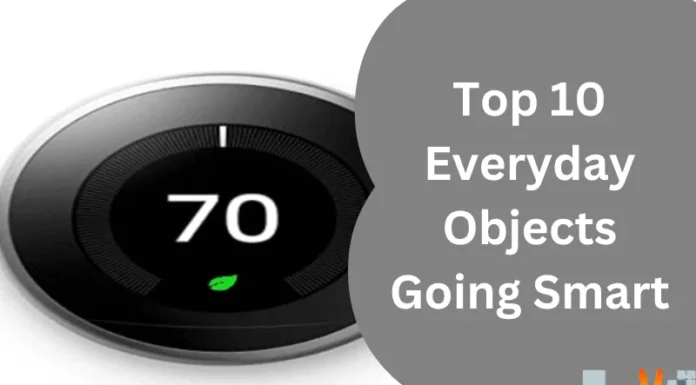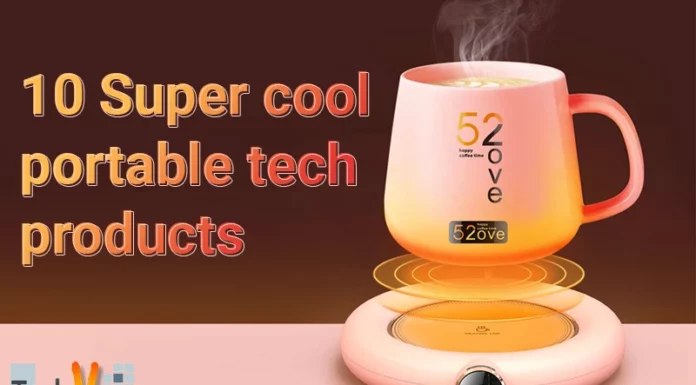You should decide your budget initially. Naturally, more robustly constructed binoculars will cost more money. Additionally, extra fees for features like fog- or waterproofing will be incurred. The amount of magnification offered and the size of the objective lens are the other key characteristics to consider while looking for the best binoculars. The larger (and hence brighter) the lens, the better, is the general rule of thumb.
1. Bushnell Forge 15×56
The Bushnell brand is renowned for offering quality products at competitive prices with consistent performance, making it ideal for various observing activities. The Bushnell 15×56 Forge binoculars are no exception, serving as a significant draw for individuals seeking a strong magnification to get as near to distant subjects as is practical.
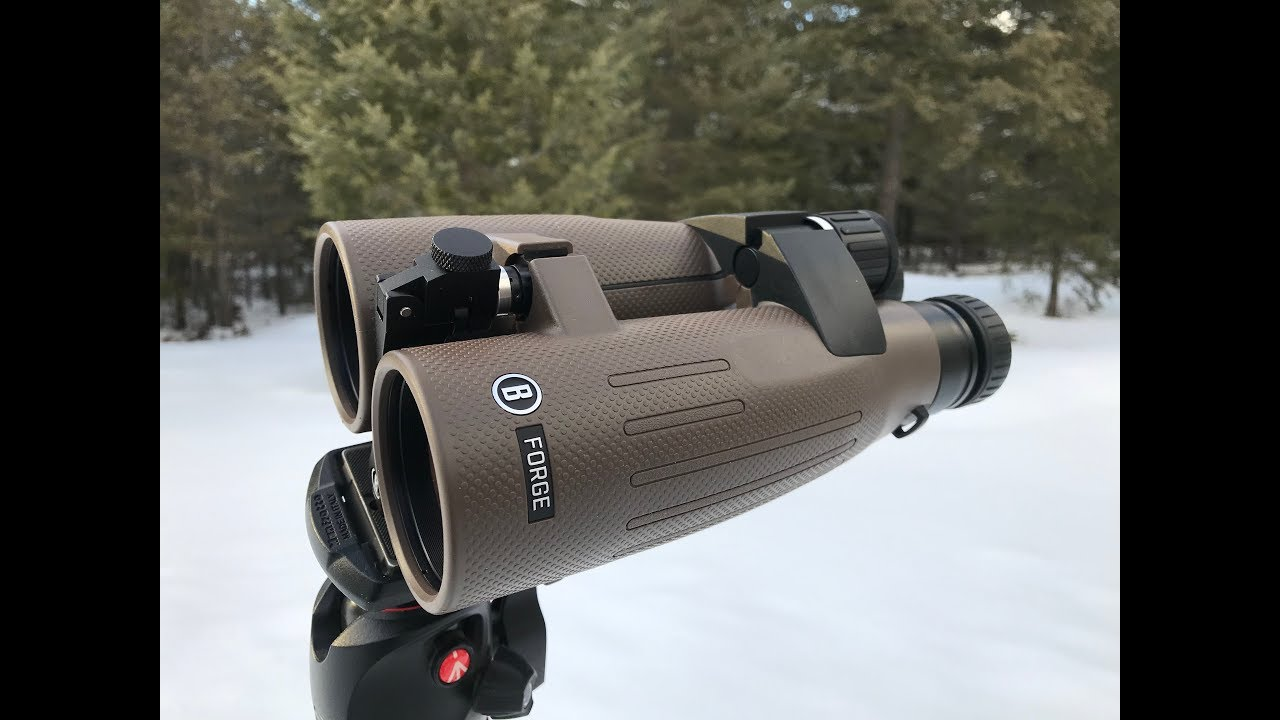
2. Celestron Nature DX 10×56
The relatively large 56 mm objective lens of the Celestron Nature DX 10×56 makes it a perfect alternative for individuals who wish to continue studying nature into the evening hours, as the general rule of thumb is that the larger the lens, the more light that gets lets in.
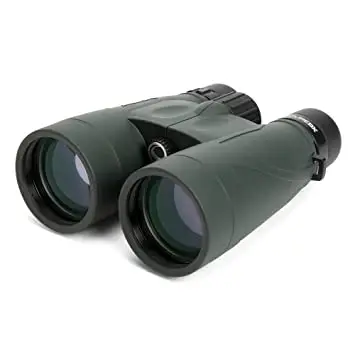
3. Steiner 10×26 Safari Ultrasharp
Another reputable brand of binoculars is Steiner. This incredibly small solution is ideal for those looking to watch sports or need a powerful, portable option. Although the 26 mm objective lens of these polycarbonate binoculars appears little on paper compared to the options in our buyer’s guide, they make the perfect companion for individuals looking for an all-in-one device: Their rubber eyecups are pleasant whether worn with or without glasses, and they are waterproof and fog-proof.
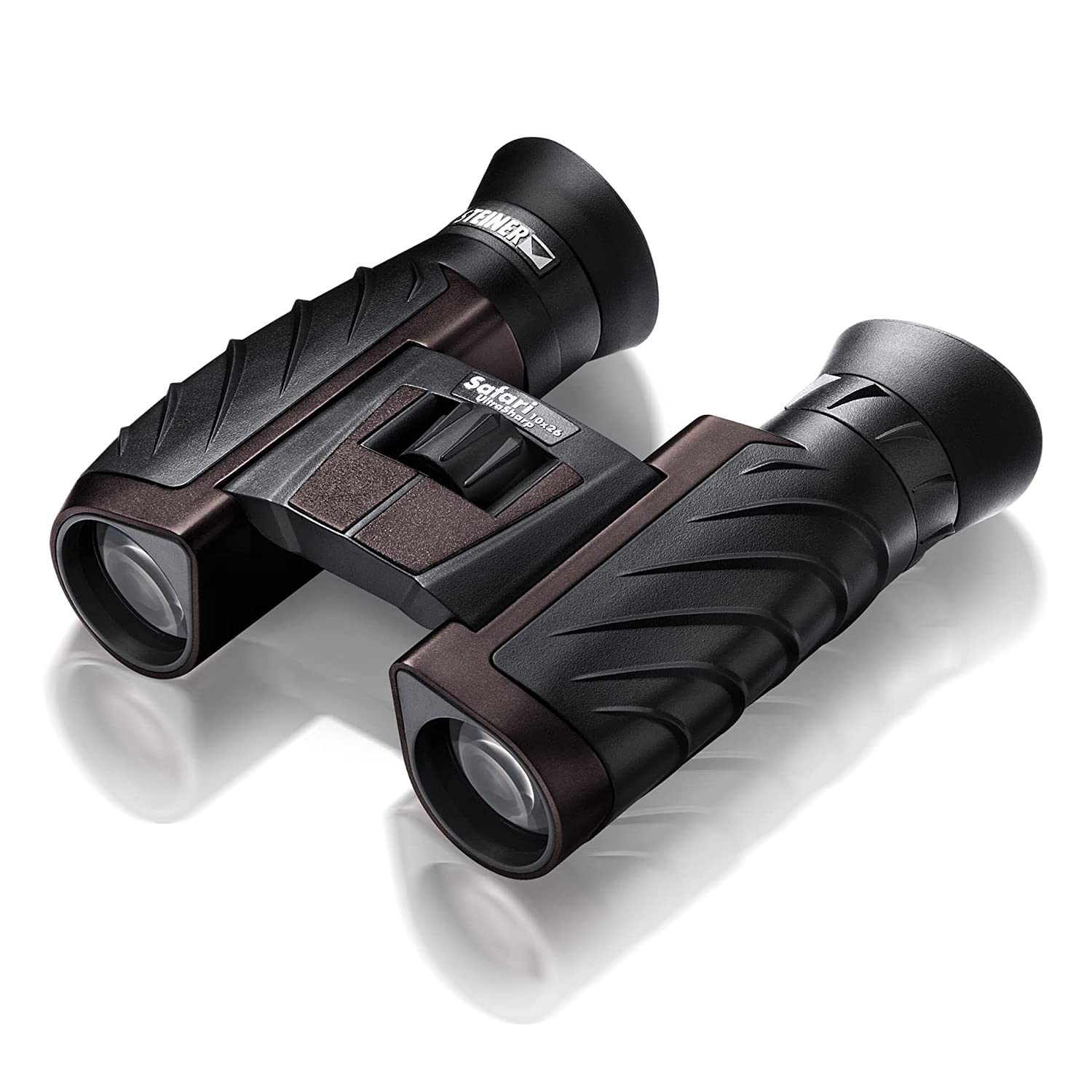
4. Olympus 8×42 PRO
The Olympus 8×42 PRO is a cheap alternative to lenses from Leica or Zeiss for individuals who enjoy taking pictures of nature. With a 15-year warranty, these binoculars give peace of mind at a reasonable price and, in our opinion, strike a fair balance between size and weight. They are classified as a “Pro” option and are equipped with ED lenses and the same high-performance “Zuiko” optics that are nano-coated on Olympus cameras.
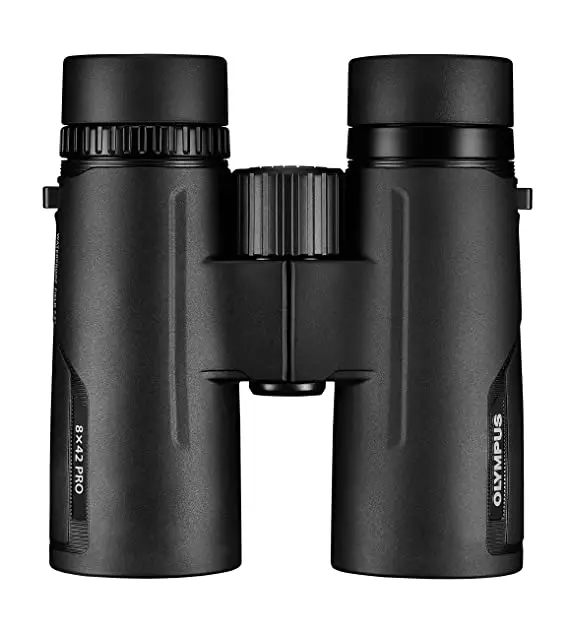
5. Leica Trinovid 8×42 HD
Although they may be expensive compared to “cheap” binoculars, this series is an entry-level Leica product. However, we think the price of the Leica Trinovid 8×42 HD is worth paying out if you’re seeking a pair of “bins” that are expertly made and will last a lifetime.
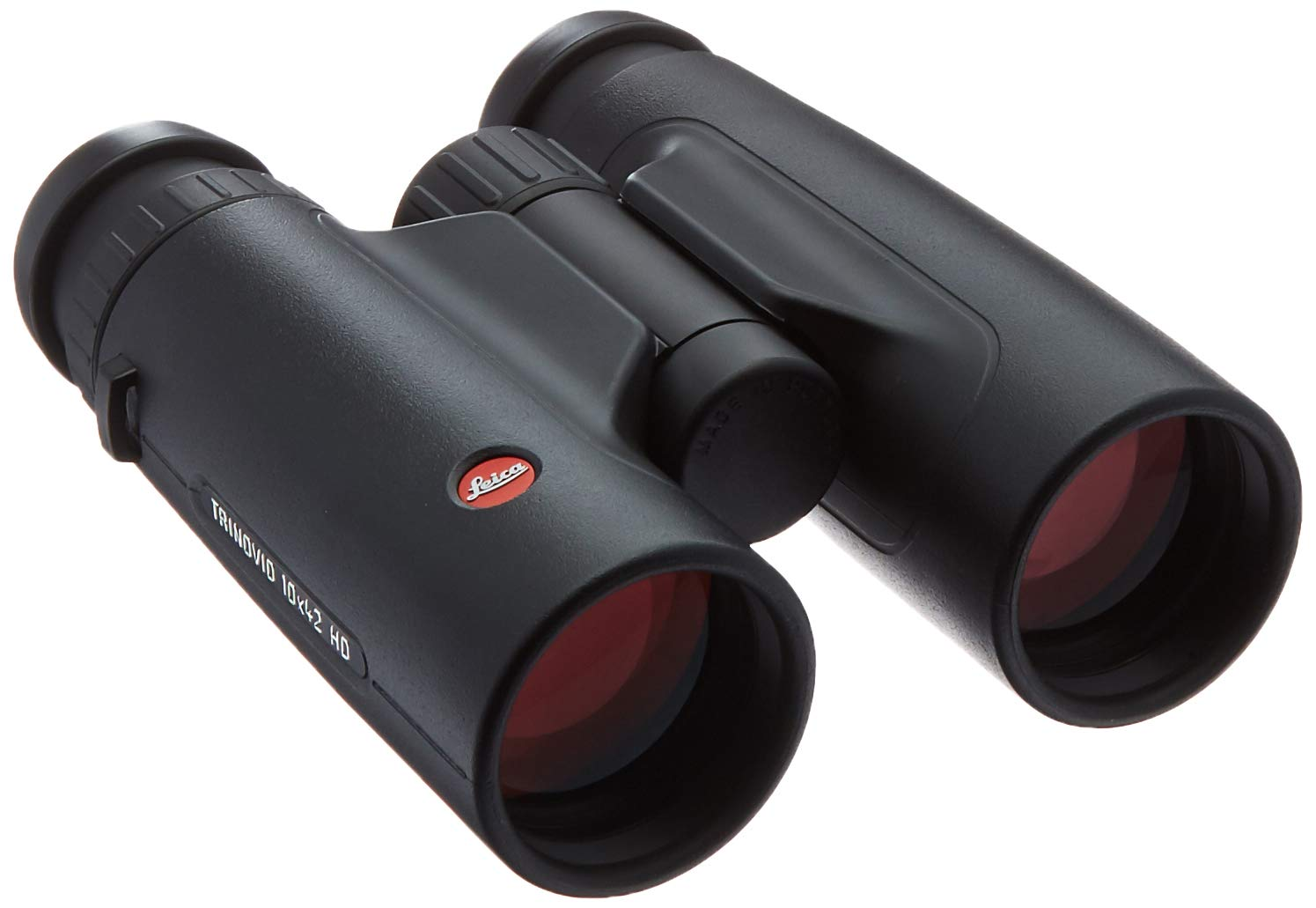
6. Canon 10×20 IS
These bulbous lens-shifting, image-stabilized, Porro prism-style binoculars resemble something from Star Wars and are some of the best for assuring a steady image when held in hand.
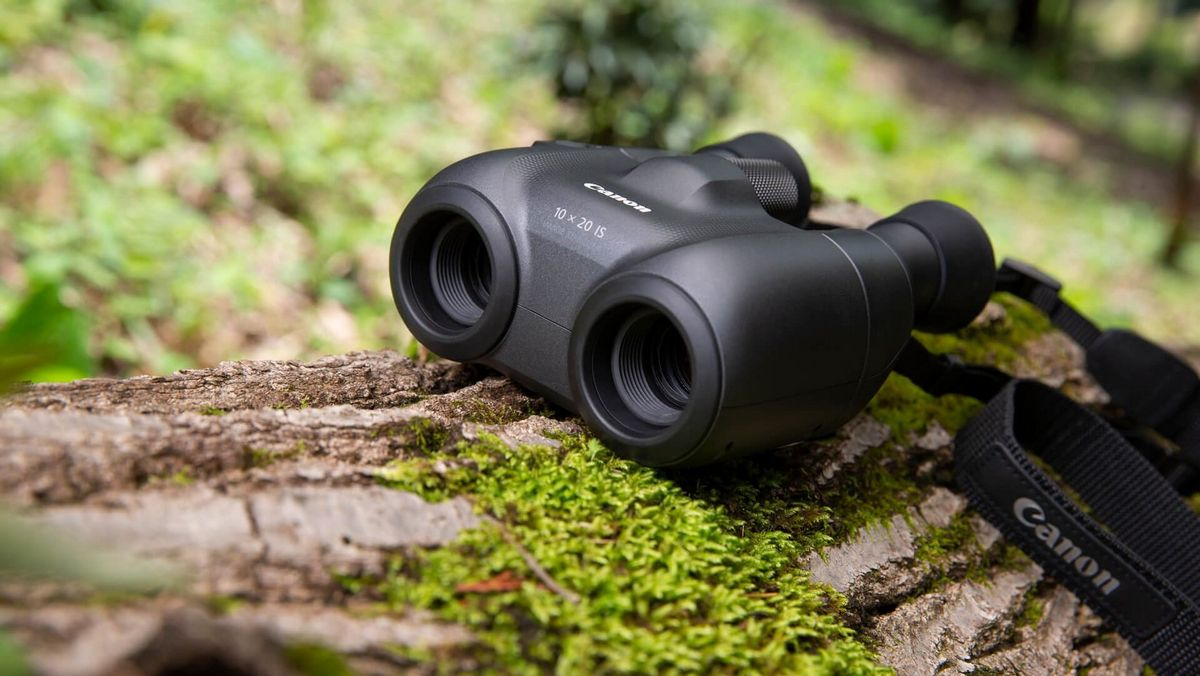
7. Olympus 10×25 WP II
The Olympus 10×25 WP II should be the first choice for anyone looking for the best budget binoculars. This folding alternative from Olympus is waterproof and has a rubber coating for better grip. It is appropriate for a variety of situations.
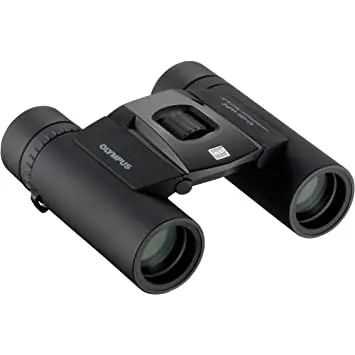
8. Leica Noctivid 10×42
Regarding optical perfection coupled with a robust design, Leica is another important brand offering some of the best binoculars. Here, two different magnification and objective lens size combinations are available for the Leica Noctivid 10×42: 8×42 and 10×42.
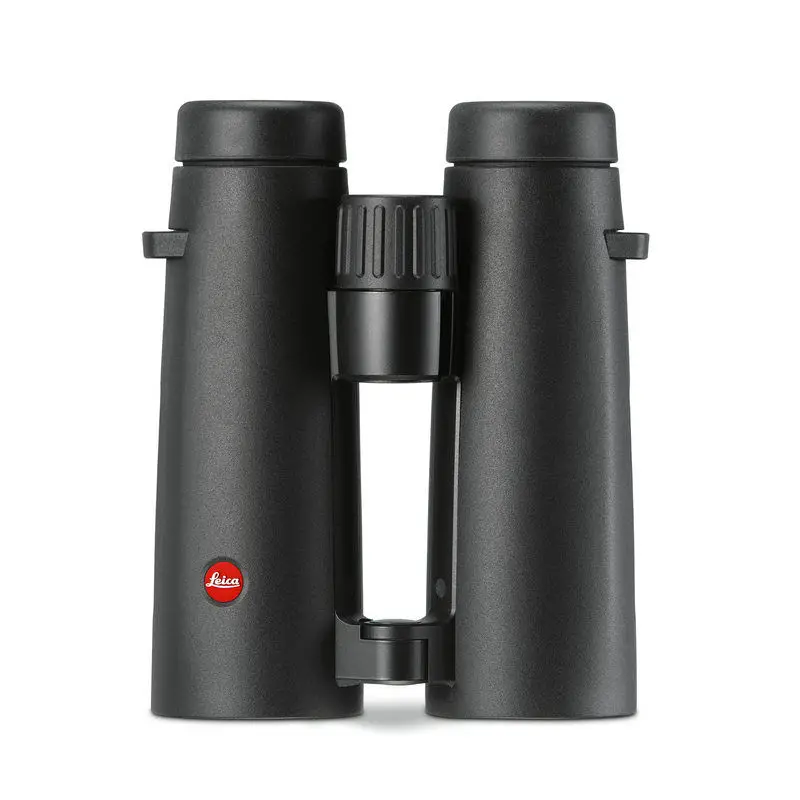
9. Zeiss SFL 40
The brilliantly compact Zeiss SFL 40 is not inexpensive, whether we want to use the available 8x or 10x magnification, despite being from one of the most well-known optical specialists in the world, whose lens companies like Sony and Panasonic also use expertise.
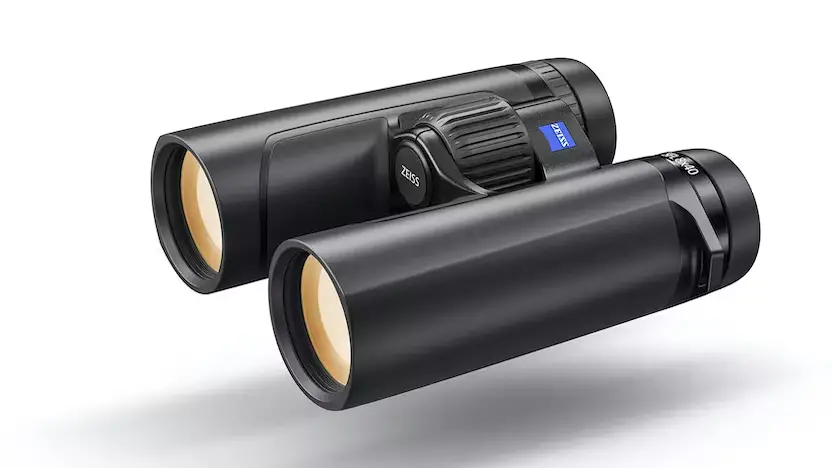
10. Canon 10x42L IS WP
When using binoculars handed at full magnification, extreme magnification combined with a large objective lens frequently results in massive, heavy binoculars with a shaky image. The Canon 10x42L IS WP, which uses two AA batteries to operate its built-in image stabilization system, aims to overcome this problem by providing a judder-free vision of distant objects.
